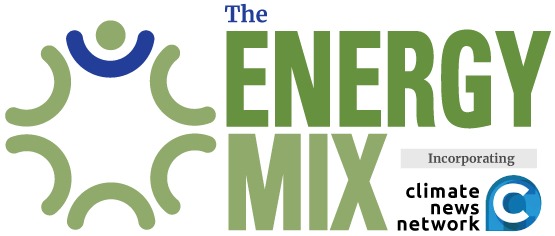Hydro‑Québec Unveils $10B Energy Efficiency Plan, Targets 3,000 MW of New Solar
Hydro‑Québec is taking steps to prepare its electricity grid for higher demand and a low-carbon future, with major new investments to improve energy efficiency and build up solar capacity.
In late April, the publicly-owned energy corporation announced it was deploying “the most ambitious energy efficiency pathway in its history,” investing $10 billion over the next decade. Hydro‑Québec says the aim is to use energy efficiency technology to save 10% of all electricity consumed in Quebec, which will be three-times cheaper than building an equivalent amount of new supply.
In a LinkedIn post, Philippe Dunsky, president of Dunsky Energy & Climate Advisors, called the plan a “negawatt power plant” that would slash emissions and free up electricity for new uses—like electric vehicles—while saving costs and creating jobs.
Work will begin with three core initiatives totalling $2 billion, aimed at residential, commercial, and industrial customers.
For residential customers, Hydro‑Québec aims to help reduce electricity consumption by supporting the distribution of smart devices and heat pumps. Customers are now able to access smart thermostats at no cost, with a targeted distribution of a million devices.
Hydro-Québec is also inviting businesses in large buildings to join a new alliance promoting energy efficiency best practices. The public utility says these buildings “play a central role in our daily lives” and should set an example by adopting best practices for heating, ventilation, lighting, and managing energy use based on occupancy. Under the Efficient Solutions Program—which was updated in March—small- and medium-sized businesses can receive financial support for energy efficiency equipment.
Industrial customers will be able to access customized technical and financial support through the third initiative, which will help “to remove the main barriers to project implementation.”
Hydro‑Québec is also ramping up its investments in solar generation, which the corporation has historically overlooked as it focused more on wind and hydroelectricity. It now aims to develop 3000 megawatts of solar capacity in the next 10 years, reports Le Devoir.
“In the past, it was perceived, and probably rightly so, that Hydro-Québec saw a limited, even very limited, role for solar,” President and CEO Michael Sabia said at a news conference.
“After several months of analysis, we have essentially changed our perspective.”
Key reasons for this change are the decreasing costs of producing solar power and faster timelines for building new projects.
Hydro‑Québec launched tender calls earlier this month for solar farms with 25 megawatts of capacity or less to connect to the distribution system by 2029. “Bids must maximize economic spinoffs for Québec, avoid agricultural zones, and demonstrate responsible equipment sourcing,” the utility said in a release.
If all goes well with this first tender call, projects larger than 25 MW will follow, to be developed “in collaboration with promoters, local communities, and First Nations and Inuit.”
Hydro-Québec is also offering incentives for homes and businesses to install their own solar panels by allowing customers to sell surplus electricity back to the grid at full value, “thus reducing their annual bill by up to 30%, or about $500 for a house.”
“Hydroelectricity remains at the very heart of our energy system,” Sabia said in the release. “The roles of wind power and energy efficiency have been strengthened; and we’re now adding solar energy as a complementary source.”
Cover photo: Brian Robert Marshall/Geograph



